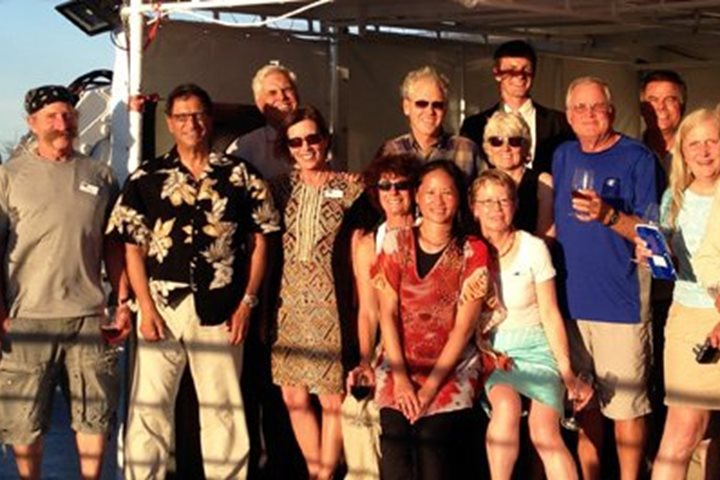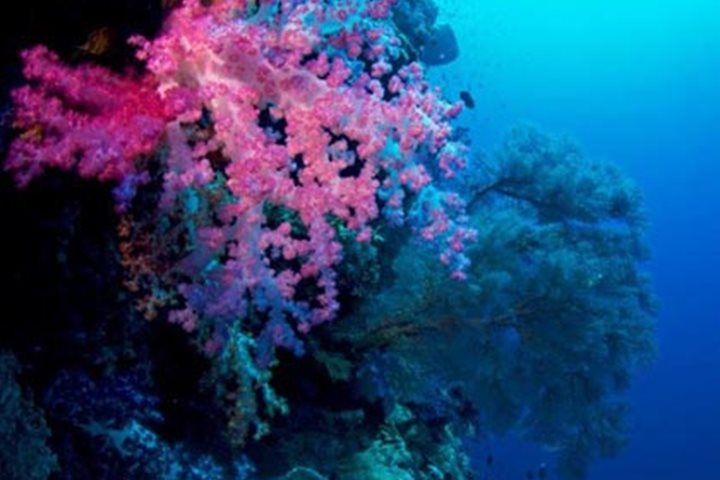The first impression one gets of Banda Neira certainly does not portray the monumental importance this place holds in the history of the world. Unless one searches for it on a large-scaled map, it usually doesn’t even show up. Nevertheless, it is worthy of our attention and proved to be one of the highlights of the voyage. For more than three centuries this tiny island was the center of major contention between the native people of Banda and the Portuguese and the Dutch and the English. During that time, thousands of people were murdered, killed in military actions, and enslaved over the possession and harvest of a small endemic species of tree found only here in Banda. It is called the Myristica, or nutmeg, tree and its fruit produces what was once perhaps the most valuable spice in the world. Actually, the fruit produces two highly desired spices…nutmeg, from the nut itself, and mace, which is a fibrous, waxy, string-like wrapping on the surface of the nut. In order to appreciate the importance of these spices, one must understand that before the invention of refrigeration and proper canning technology, spices were of inestimable value in preserving and curing foods, especially meats. So, spices not only improved the taste of foods, they made them palatable by reducing microbial action that would have destroyed them during long-term storage. Some spices were also used medicinally and in religious ceremonies.
We arrived at the Banda Archipelago just after lunch and proceeded into the ancient caldera that separates the islands of Banda Neira, where the settlement is located, from Banda Api, which is an active volcano. The volcanic geology here is very different compared to the raised karst limestone islands we encountered the last several days in Raja Ampat and the Fak Fak region of New Guinea. Our vessel berthed on the public pier just after lunch and we spent the rest of the afternoon wandering around the quaint town, admiring what’s left of the old attractive colonial administrative buildings and private houses. We also visited the two old Dutch forts (Fort Nassau and Fort Belgica), both built in the early 1600s, the town market, the Banda Museum, the Dutch protestant church, a small nutmeg grove, and the waterfront. The Belgica fortress, which overlooks the town and its harbor, dominates the area and gave us nice views of the surrounding community. Life seems fairly laid back here at Banda Neira, and the people, especially school-aged children who followed us around, were very friendly. There were also several local vendors scattered about the town offering up for sale numerous interesting items, including pearl necklaces and earrings, and old Dutch V.O.C. coins from the 18th century. Everyone agreed we were indeed lucky to have experienced all this during an afternoon of cloudy weather. The ship spent a quiet night berthed at the public pier as we made plans for more water activities the following morning.







